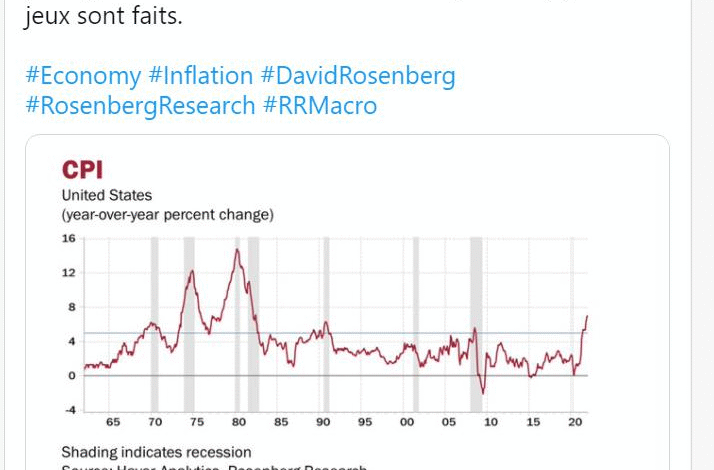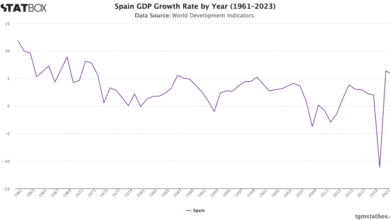Federal Reserve Regime Change: Kevin Warsh’s Vision

The call for a Federal Reserve regime change is becoming more pronounced as Kevin Warsh, a former Governor of the Fed, advocates for a significant shift in how the central bank operates. Warsh believes that the Federal Reserve’s current reluctance to implement interest rate cuts reflects a larger issue with credibility among its officials, particularly under the leadership of Jerome Powell. He argues that a collaborative approach between the Federal Reserve and the Treasury Department is essential for effectively managing the nation’s financial policies. As speculation grows about potential changes in the Fed’s leadership, Warsh’s views resonate with the expectations set forth by President Trump regarding future Federal Reserve policy. This discussion highlights the growing tension between traditional monetary policy practices and the urgent calls for a realignment that could impact the broader economy.
In light of recent debates about central banking practices, the notion of a transformation within the Federal Reserve is gaining traction. As various stakeholders push for a reevaluation of monetary policy frameworks, many are looking toward influential figures like Kevin Warsh to spearhead new initiatives. His proposals for aligning the central bank’s strategies with the objectives of the Treasury signal a pivotal moment in which foundational principles of interest rate management may be redefined. This dialogue comes amidst rising demands for policy changes that mirror the complexities of modern economic challenges, especially in light of escalating national debt and inflation concerns. With key adversarial voices calling for enhanced transparency and accountability in monetary governance, the discussion surrounding a complete overhaul of the Federal Reserve’s approach is taking center stage.
Kevin Warsh’s Call for Federal Reserve Regime Change
Kevin Warsh, a former Governor of the Federal Reserve, has voiced strong opinions about the necessity for a regime change within the central bank. His assertions come amidst growing frustrations about the current leadership’s reluctance to make decisive cuts to interest rates. Warsh emphasizes that the credibility of the Fed is at a critical low, partly due to the resistance shown by Chair Jerome Powell and other officials towards significant monetary policy adjustments. He believes that only through a regime change can the Federal Reserve restore its effectiveness and credibility as an institution dedicated to economic stability.
In discussions on national television, Warsh highlighted the importance of aligning Federal Reserve policy with the Treasury Department’s financial strategies. He argues that a symbiotic relationship between these two institutions resembles historical precedents that allowed for more effective economic governance. Warsh’s advocacy for this partnership aims not just to address current economic challenges but to rethink the foundational aspects of U.S. monetary policy in a way that facilitates collaboration over conflict.
Frequently Asked Questions
What is Kevin Warsh’s stance on Federal Reserve regime change?
Kevin Warsh advocates for a significant regime change at the Federal Reserve, suggesting that the current officials, including Chair Jerome Powell, lack credibility and have been hesitant to implement necessary interest rate cuts. He emphasizes the need for a partnership between the Federal Reserve and the Treasury Department to effectively manage economic policy.
How does Kevin Warsh propose a partnership between the Federal Reserve and the Treasury?
Warsh proposes a formal collaboration, a new Treasury-Fed accord, which echoes historical practices from 1951. He believes that by aligning the Federal Reserve’s actions with the Treasury Department, they can better manage the nation’s debt and enhance communication with the markets regarding monetary policy and interest rate strategies.
What criticisms has Kevin Warsh directed towards Jerome Powell regarding Federal Reserve policy?
Kevin Warsh has criticized Jerome Powell for his reluctance to cut interest rates and has indicated that this hesitance reflects poorly on the Fed’s credibility. Warsh has stated that Powell’s management style contrasts with the urgent need for regime change at the Federal Reserve to effectively respond to current economic conditions.
Why is Federal Reserve regime change being discussed in relation to reducing national debt?
The discussion around Federal Reserve regime change is pertinent as President Trump and Kevin Warsh argue that cutting interest rates is essential to lower financing costs on the nation’s $36 trillion debt. They claim that the Fed needs to align its policies more closely with Treasury objectives to stabilize the economy and manage debt issuance more efficiently.
What impact could a Federal Reserve regime change have on interest rate cuts?
A regime change at the Federal Reserve, as advocated by Kevin Warsh, could lead to expedited interest rate cuts, aligning Fed policies with the Trump administration’s goals. Warsh believes that such cuts are crucial for correcting the current balance within the economy, particularly in light of the Fed’s recent quantitative tightening measures.
What historical context does Kevin Warsh refer to when discussing Federal Reserve and Treasury collaboration?
Kevin Warsh refers to the 1951 Treasury-Fed accord as a historical precedent for effective coordination between the Federal Reserve and the Treasury Department. He argues that establishing a similar arrangement today would improve policy alignment and enhance the management of the nation’s expanding debt.
How does public sentiment around Federal Reserve regime change relate to Jerome Powell’s tenure?
Public sentiment around Federal Reserve regime change has intensified discussions about Jerome Powell’s future as Fed Chair. Kevin Warsh and other advocates for change suggest that Powell’s leadership has failed to meet the economic needs, particularly with interest rate cuts, leading to speculation about his potential replacement.
What are the potential risks of not implementing a Federal Reserve regime change as per Kevin Warsh’s views?
Kevin Warsh warns that without a regime change at the Federal Reserve, the central bank risks continuing miscalculations on inflation and inefficient fiscal policies, which could exacerbate national debt issues and undermine economic stability. He advocates for immediate reforms, including more aggressive interest rate cuts.
| Key Point | Details |
|---|---|
| Kevin Warsh’s Advocacy | Warsh is calling for a ‘regime change’ at the Federal Reserve, advocating for a partnership with the Treasury. |
| Criticism of Current Fed Officials | Warsh believes the current officials, including Chair Jerome Powell, are a mark against effective policy due to their reluctance to cut rates. |
| Trump’s Influence | Warsh’s views align with President Trump’s desires for rate cuts and have been vocal about Powell’s potential removal. |
| Fed’s Future Direction | Warsh suggests introducing a new Treasury-Fed accord to improve cooperation in managing the nation’s debt and reduce borrowing costs. |
| Quantitative Tightening Support | While supporting quantitative tightening, Warsh insists that collaboration with the Treasury is crucial to better manage rates and balance. |
Summary
Federal Reserve regime change is being called for by former Governor Kevin Warsh, who emphasizes the need for a new approach to monetary policy and collaboration with the Treasury. His call for partnership aims to enhance coordination in managing the national debt and address the challenges currently faced by the Fed under Jerome Powell’s leadership. As conversations around potential personnel changes continue, the urgency for a regime change becomes clearer, with implications for future economic policies.



